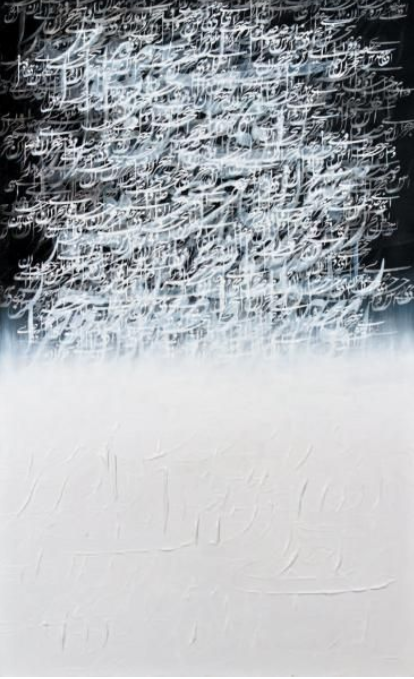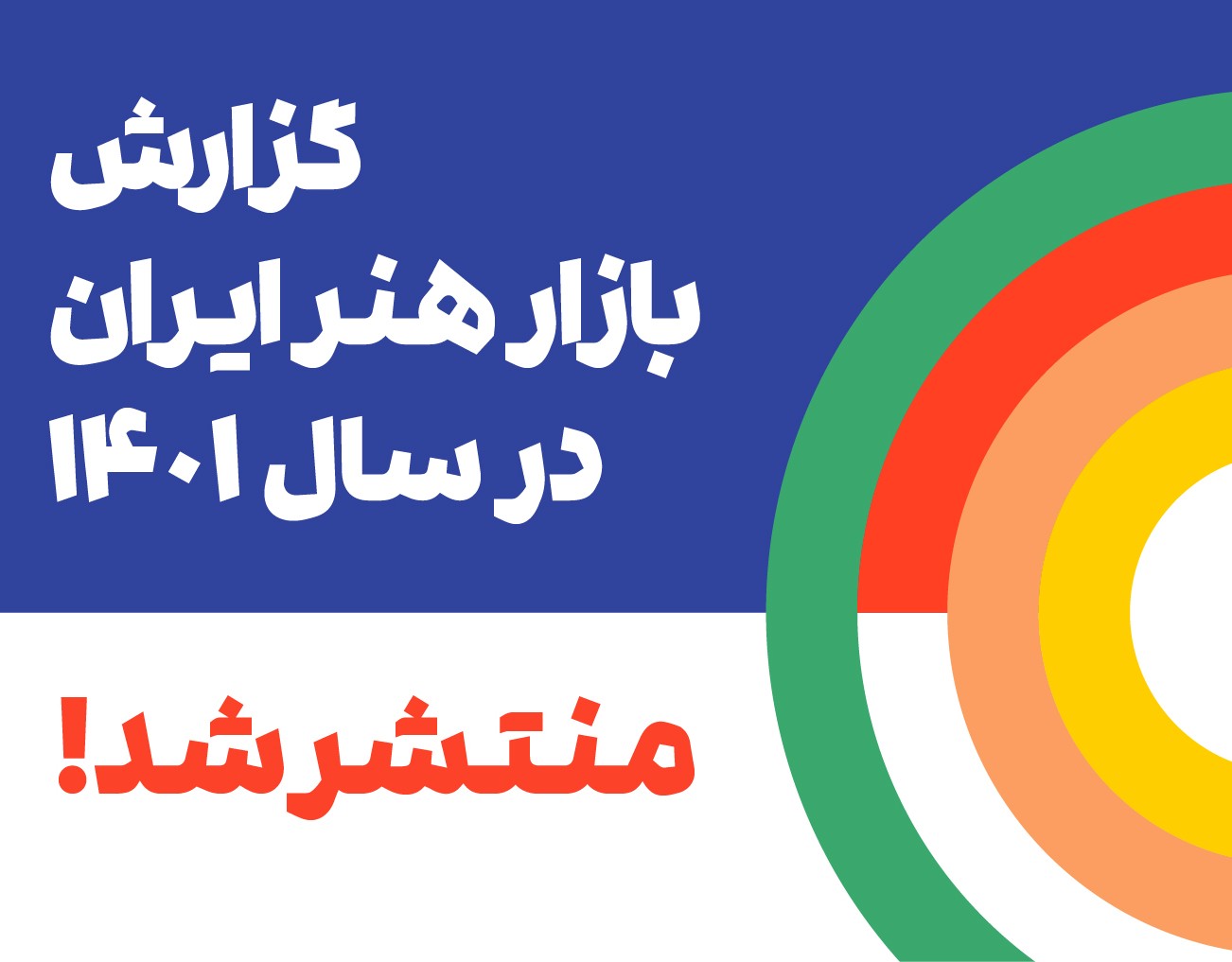About Ahmad Mohammadpour
Ahmad Mohammadpour is considered to be one of the second-generation artists of the calligraphic painting movement. Mohammadpour was born in Babolsar. In 1971, he entered the Calligraphers Association and started learning calligraphy. He finished this course in 1986 and graduated from the association. In 2009, Mohammadpour received a first-class artistic badge from the Ministry of Culture and Islamic Guidance. Two years later, he obtained his teaching certificate from the Iranian calligraphers' association. This artist has worked as a lecturer at Lavizan University and Soureh University. He exhibited his works individually for the first time in 1991 at Seyhoun Gallery and continued collaborating with this gallery in his following two exhibitions. His first international appearance was in the "With my roots" group exhibition at Capital Art Gallery, London. He also created a joint work with Jong Won Kim, a Korean calligrapher, in the performance titled "Dialogue between East and West Calligraphy," held in Berlin with the theme of peace and global awakening, and held workshops for calligraphy training on the sidelines of this event.
The support of Mohammadpour's calligraphy and his educational background, the Association of Calligraphers, has caused the commitment to calligraphy in his calligraphic works to have a high weight. Although Mohammadpour moves calligraphy towards painting, he is more faithful to the principles and rules of calligraphy than to painting qualities. His mastery of Nastaliq calligraphy is the basis for creating his artworks. Repetition and multiplication of words and letters in large-sized panels to achieve a linguistic texture, and the visual rhythm and beat and, finally, the feeling that is born from it is the most distinctive aspect of these works. The painting's central part is often written with large fonts and forms the main base of the artwork's composition, and what is written with smaller fonts expands towards the sides like an echo of the original forms. Using achromatic colors, black and white, or limited chromatic options such as red, and creating a light effect with more soulful colors on the sides of the painting creates a cloud-like texture. In the final analysis, these paintings follow an ornate and decorative policy, like most calligraphic paintings.
The Most Expensive Artwork
At Auctions
First Attendance
22 October 2012
# Attendance
8
# Artworks
8
Average Realized Price
6,034 USD
Average Min Estimate
3,867 USD
Average Max Estimate
5,423 USD
Sell-through Rate
100%
Average Growth of Artwork Worth
57.855%
Timeline
The 20th Tehran- Modern and Contemporary Iranian Art auction
5 July
Tehran- 16th- Iranian contemporary art auction
1 July
Nowruz Festival of Rivers exhibition
10 March
Dance Of Words exhibition
2 July
Modern and Contemporary Middle Eastern and North African Art auction
22 April
Gathered exhibition
22 March
Mine exhibition
12 March
No.6 auction
16 October
دهمین دوره حراج تهران auction
11 January
The Fourth Annual Auction of Behnam Daheshpour Gallery exhibition
28 June
Thirty in forty exhibition
27 October
The dream of the pen exhibition
2 October
چهارمین دوره حراج تهران auction
29 May
Legendary Iranian Artworks exhibition
8 January
Exercises are always inside exhibition
22 November
دومین دوره حراج تهران auction
28 May
1Ere Vente a Dubai International Modern And Contemporary Art auction
22 October
Articles
Iranian Art Market Report for the Year 1401 SH 15 May 2023
When the Art Hall team was looking for the Iranian artworks' sales records for art appraisal, felt the void of an authoritative art reference. That's why Artchart was born in 2019. The purpose of launching Artchart was to create a database of the Iranian art market that can be used as a reference for a wide range of people, from artists to art collectors. Now Artchart has collected...

